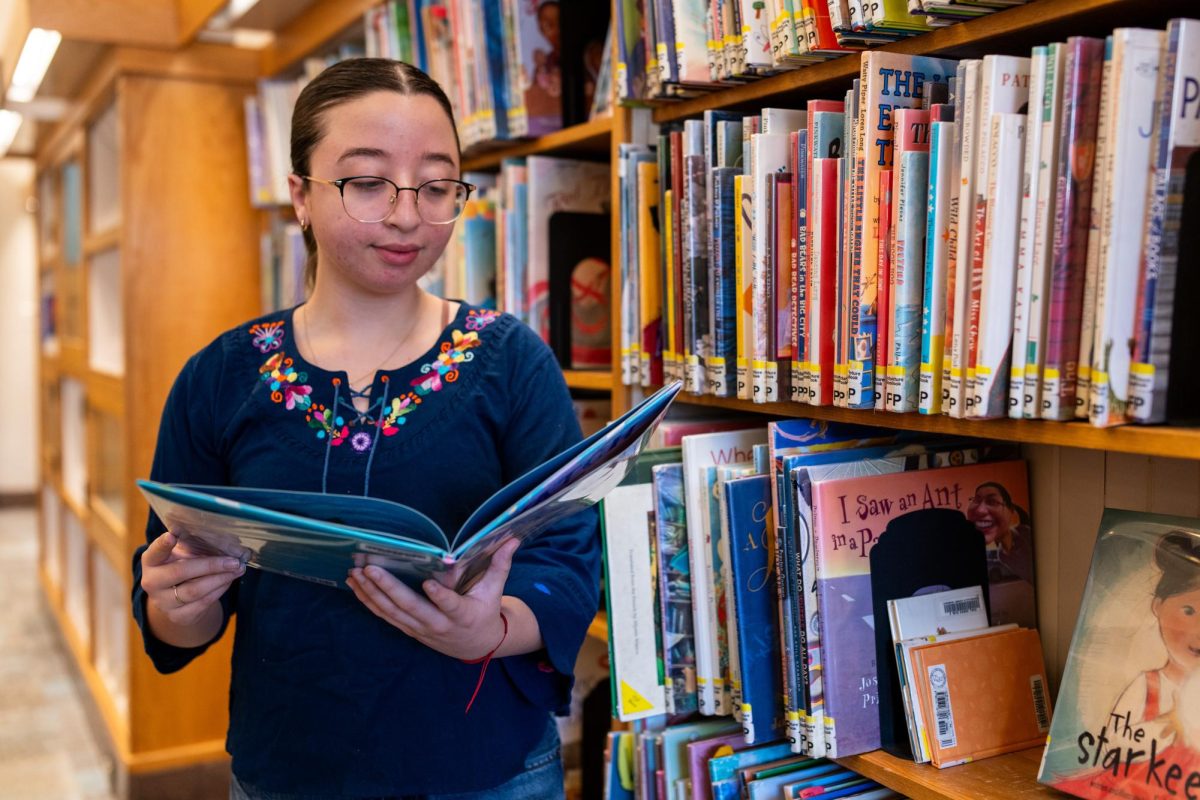University leadership has been cooking up a strategic plan for the next four years at Pitt, and Chancellor Patrick Gallagher says it’s time for everyone to join him in the kitchen.
Gallagher used this kitchen metaphor Thursday at 3 p.m. in the Connolly Ballroom of the Alumni Association to begin an hour-long presentation on the most recent update of “The Plan for Pitt.” The plan is a strategic initiative that aims to coordinate the actions of all the University departments, faculty, students and staff. Gallagher began developing the plan with Provost Patricia Beeson and Vice Provost David DeJong when he took his position last September.
The institutional plan sets up five strategic goals: strengthening communities, building foundational strength, advancing educational excellence, engaging in research impact and embracing diversity and inclusion. Gallagher said The Plan for Pitt will act as a “North Star” to guide all the academic departments and the Pitt community, both in Pittsburgh and internationally.
Beeson said part of meeting the goal of advancing educational excellence is ensuring student success at an individual level. According to Beeson, this goal will focus on making sure that students are getting the most value out of an increasingly expensive college education.
“[There’s been] an environment shift,” Beeson said. “[Students are asking], ‘Is college worth the price we’re paying?’”
An influx of technology and Massively Open Online Classrooms are part of this shifting environment. In developing the initiative, Beeson, Gallagher and DeJong questioned whether online progress will drive out traditional University education.
According to DeJong, from October 2014 to June 2015, the University executed phase one of the plan — engaging with the Board of Trustees, faculty, staff and students.
DeJong and Kenyon Bonner, the interim dean of students, showed four videos to students from the athletic department, Student Government Board, Fraternity and Sorority Life and multiple other student organizations last fall about technology in the classroom. They were looking for feedback from those students about whether or not Pitt should implement more technology-based educational strategies.
“But students said, ‘You’re not going to screw up the in-class experience, are you?’” DeJong said, which he took as validation for the classroom experience Pitt already offers.
To continue the value of Pitt’s in-the-classroom education, DeJong said part of the institutional plan will include creating a humanities center, responsible for developing teaching strategies and curriculum in the humanities and social sciences departments.
A similar center already exists for engineers, which DeJong said has been so successful that he wants to take the strength of this practice and apply it elsewhere in the University.
Still, even if a humanities center helps the value of Pitt’s education match its price tag, some students still struggle with the steep cost of Pennsylvania’s most expensive public school. While the Plan aims to maximize value, it does not currently include any specific initiatives for increasing scholarships or financial aid, DeJong said.
Albert Novak, the vice chancellor of the Office of Institutional Advancement, said he is working on increasing student scholarships.
Novak said his office’s next fundraising effort, which is still in the planning stages, is part of The Plan for Pitt. Currently, the expectations for merit-based scholarships are extremely high, Novak said.
Novak said his goal is to increase the amount of merit and need-based scholarships Pitt offers, partially by continuing to reach out to alumni through strategies like capital campaigns.
“The largesse of our alumni has helped [current students],” Novak said. “It’s a way for the alumni to give back.”
Beeson said these alumni are part of the “ecosystem” that makes up the worldwide University community.
After the administrators connect with this ecosystem, according to Gallagher, the next step is about making the strategic goals a reality.
“[Phase one of The Pitt Plan] identified things like data and info, the ability to embrace diversity and change, that Pitt has better excel at to navigate headwinds,” Gallagher said. “It’s not the plan for Pat, it’s the plan for Pitt.”


